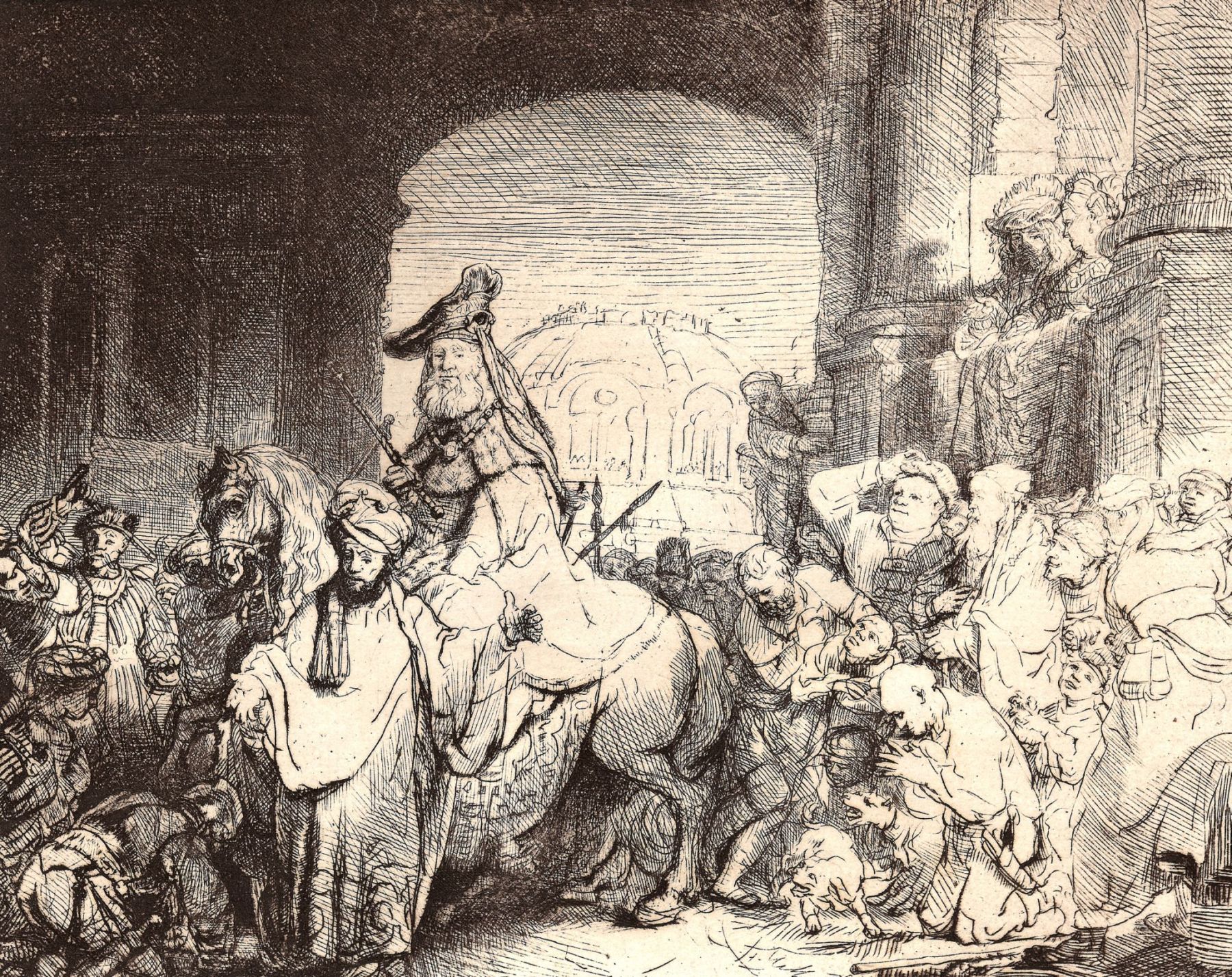
REMBRANDT VAN RIJN
When artists in the Netherlands lost commissions from the Catholic Church
following the Protestant Reformation in the 16th century, they began to paint and
draw the landscape and scenes of everyday life. It was the beginning of what we
think of as artistic realism, and Rembrandt van Rijn was at the forefront.

